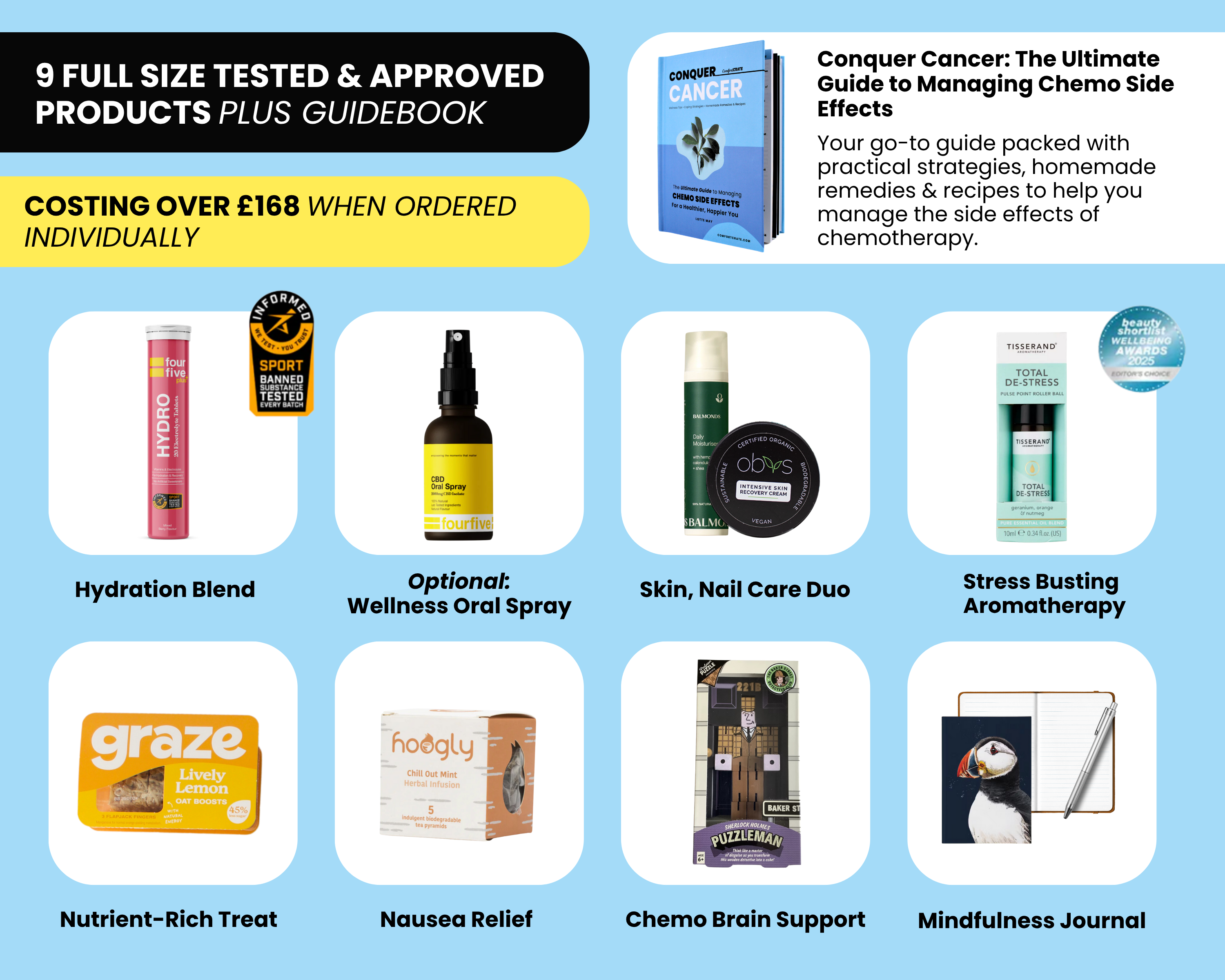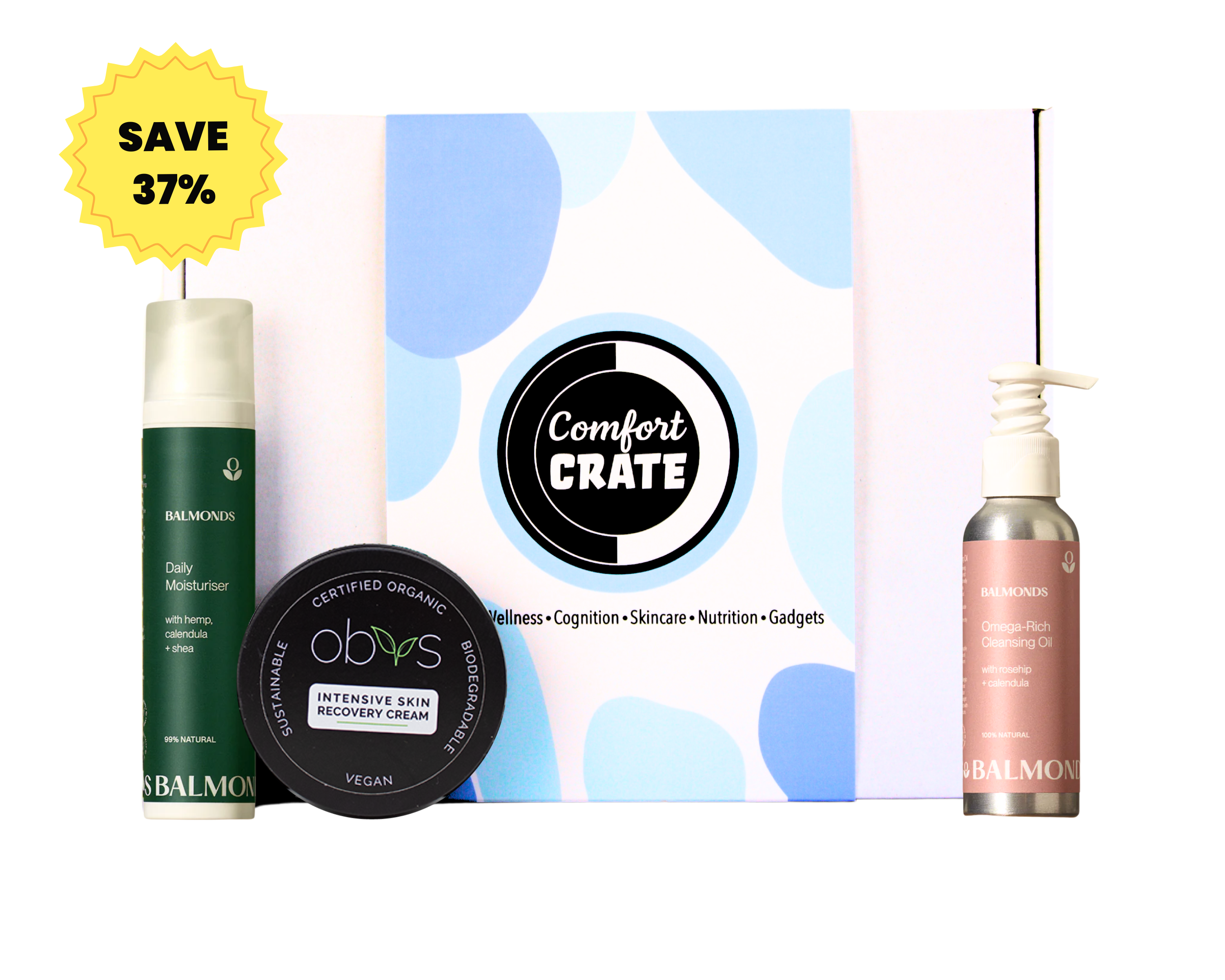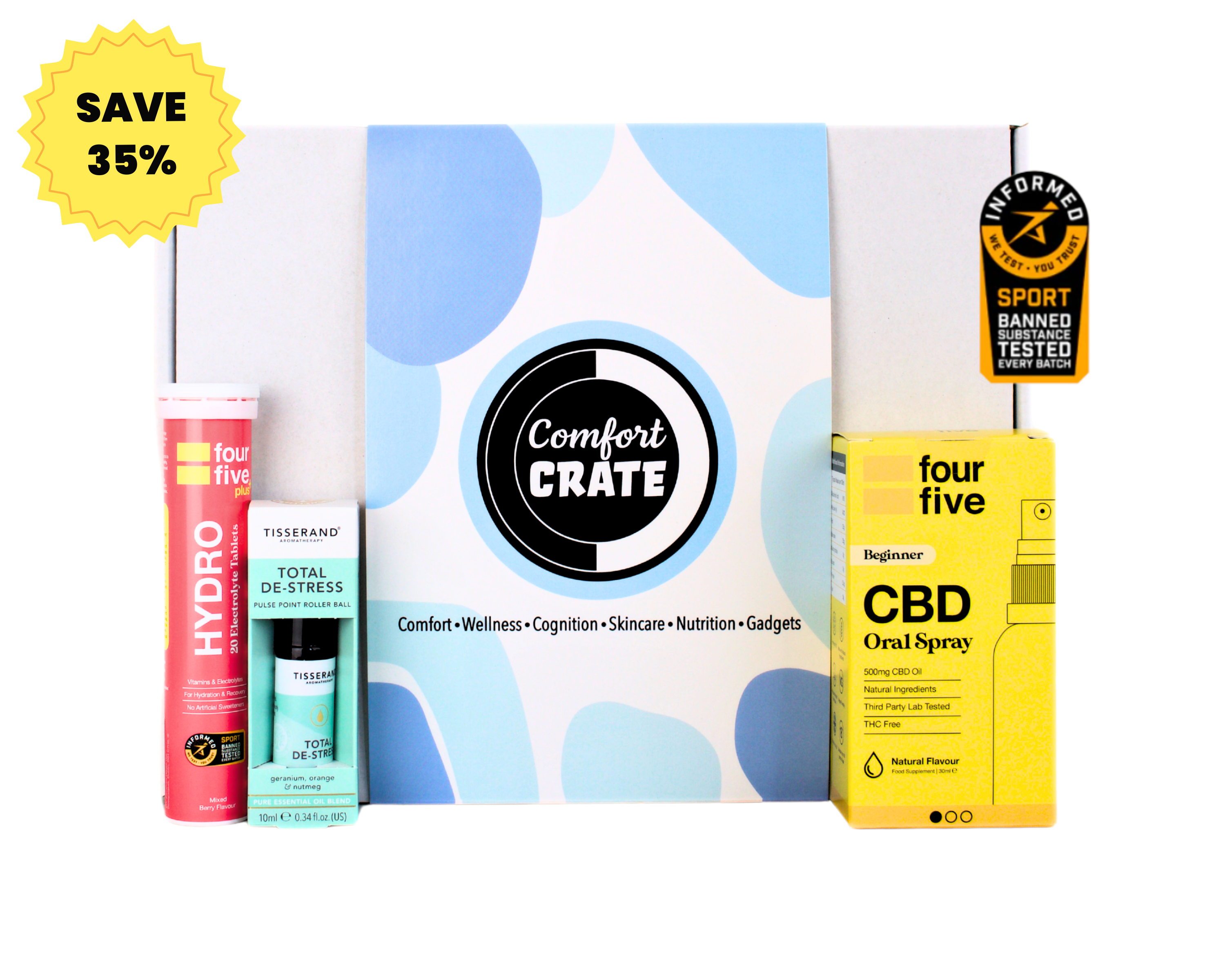
Pet Care & Cancer Treatment: Risks, Preventions and well-being
Cancer treatment can be a challenging journey, but pets can provide huge comfort and support during this time. However, pet owners must prioritise the safety and well-being of themselves and their furry friends. In this step-by-step guide, we'll delve into essential tips and precautions to ensure pet safety during cancer treatment, covering everything from hygiene practices to identifying potential risks.
Pet Therapy for Cancer Patients
Pets play a vital role in cancer patients' emotional support. Studies have shown that pet therapy can relieve stress, anxiety, and depression, making a difference to mental well-being during treatment. Additionally, pets can encourage physical activity and provide companionship.
How to Care for Pets While You Have Cancer
While pets offer numerous benefits, certain precautions must be taken to prevent potential risks. This is especially true when considering the weakened immune system often associated with cancer treatment. Communicating openly with healthcare providers about pet ownership is essential to identify specific risks and tailor precautions correctly.
- New pet advice: If you are planning to get a new pet, let your cancer team know, as this isn't usually recommended. However, if you adopt a pet, a healthy older dog or cat can pose less risk than those under a year old. Puppies and kittens are more likely to play rough, bite, or have in-home accidents, all of which can cause infections.
- Vet Visits Before Treatment: Before embarking on cancer treatment, schedule a visit to the veterinarian for your pet. This allows for a comprehensive health check-up and ensures your pet is up-to-date. Additionally, discuss any concerns or potential risks with your vet.
- Hygiene Practices: Maintaining proper hygiene is essential to preventing infection transmission between pets and cancer patients. Regularly clean and disinfect pet living areas, including litter boxes, fish tanks, and bird cages. Minimise contact with pet waste and ensure thorough handwashing after handling pets.
- Protective Measures for Pet Owners: Pet owners undergoing cancer treatment should take extra precautions to safeguard their health. Keep pets indoors as much as possible to minimise exposure to potential pathogens. Avoid close contact with high-risk pets, such as reptiles and rodents, to reduce infection risk.
- Identifying Signs of Illness: Being vigilant is key to identifying illness signs in pets during cancer treatment. Keep a close eye on your pet's behaviour and seek veterinary care promptly if unusual symptoms or changes occur. Taking action as soon as possible can prevent complications and ensure your pet's well-being.
- Keeping Your Pet's Nails Trimmed: All bites carry the risk of infection and can require hospitalisation even for people with strong immune systems. If it becomes red, warm, swollen, or oozes pus, call your healthcare team as soon as possible. Avoid exposure to potential hazards, such as toxic substances.
Conclusion: Pets can be invaluable companions during cancer treatment, offering unconditional love and support to patients. By considering pet safety and following appropriate precautions, pet owners make a safe and uplifting environment for both themselves and their beloved furry friends.
For more information on pet safety during cancer treatment and additional resources, check out: Comfort Crate's comprehensive guide.











1 comment
Thanks for sharing! Your insights on pet safety during cancer treatment are invaluable. It’s crucial info for pet owners navigating this tough journey. Great read!
Cat Exotica
Leave a comment
This site is protected by hCaptcha and the hCaptcha Privacy Policy and Terms of Service apply.